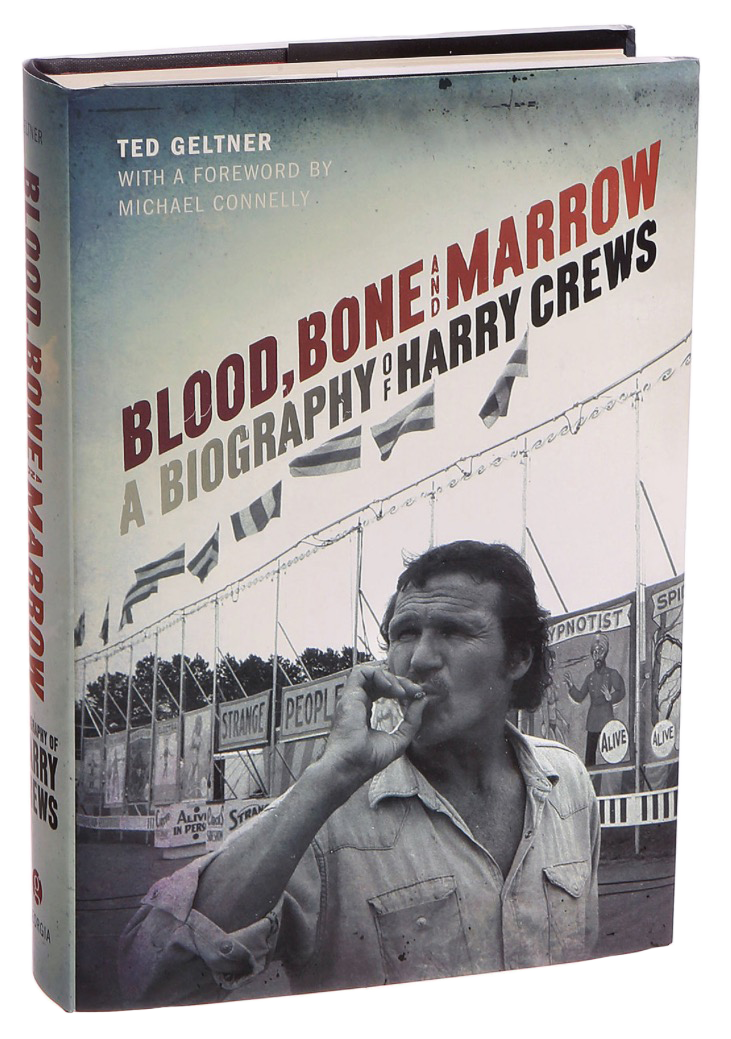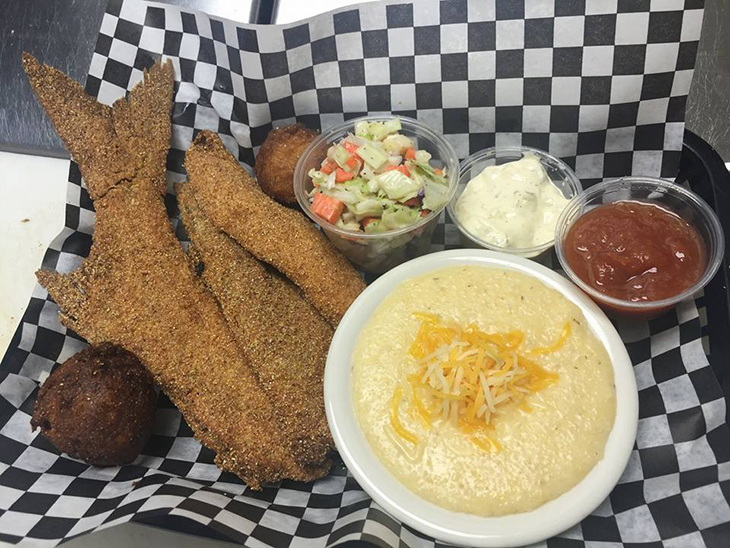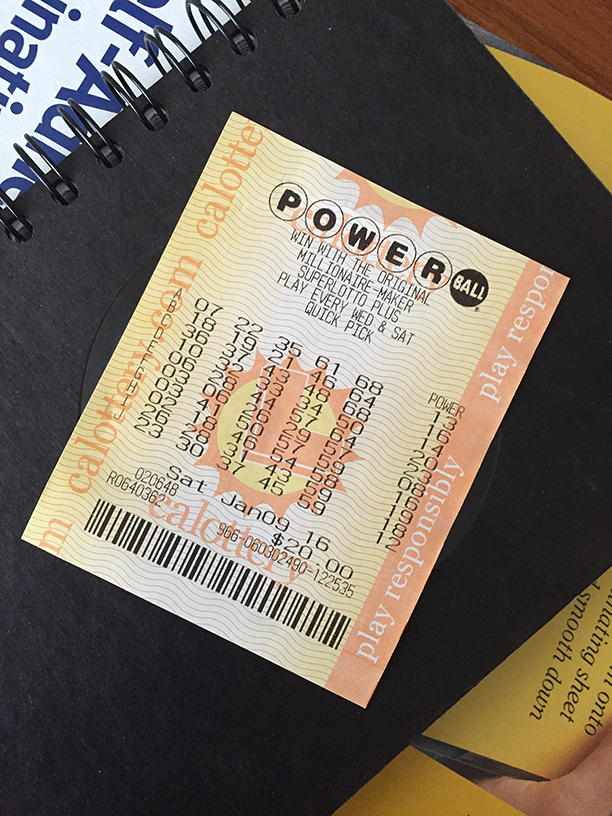RIP The Med

This morning I was on Telegraph Avenue in Berkeley (searching for the right edition of a certain book for a certain newly minted high school grad) when I noticed that the Med (aka Caffé Med, aka Caffé Mediterraneum) is still shut down seven months after new ownership took over and closed it for remodeling. Crossing the street and peeking through the window you immediately realize that the ‘remodeling’ began and ended with removing the tables and chairs and some sweeping up.
An independent coffee shop named Romeo's recently opened right next door; a Peet's is half a block up the street. Game over.
As a rule I’m totally and brutally heartless when it comes to business closings, including (especially?) beloved restaurants, bars, and bookshops. Survival of the fittest. Hand over the keys and get out of the way. Next! Can't make me cry.
Even so, allow me just a moment of self-indulgent nostalgia for the Med.
For one thing, it was the first place I ever drank a cup of coffee that wasn't instant and named Maxwell House. It wasn’t great coffee, it was never the sophisticated artisan stuff like Alfred Peet started roasting and brewing on the other side of town in 1966, but it was always good enough for a rube like me.
And the joint had some history, none of which I knew until much much later. Like Allen Ginsberg and Jack Kerouac and Gary Snyder and those Beat guys hanging there when it was simply a coffee station inside a bookshop named Il Piccolo. Ginsberg wrote chunks of Howl there in 1955 and 1956 while he was living in Berkeley on Milvia Street. Mario Savio and the Free Speech Movement folks were regulars. In the 60s and 70s the Black Panthers used to meet in the upstairs mezzanine where a decade later I'd be drinking my moka (the Med's preferred spelling, not mine) and reading a book and/or a magazine I had just bought at Cody’s or Moe’s across the street. People's Park is literally right behind it, outside the back door, sharing the same city block.
Truth be told, though, I haven’t stepped inside the place in over 30 years. The Telegraph Avenue business district grew increasingly seedy and even dangerous back in the 80s and the early 90s, and I was getting increasingly not young and increasingly not so adventurous. The Med itself was getting more and more seedy, too (even in the best days I spent there it sort of had a spartan North-Beach-meets-Greyhound-bus-station vibe to it, part of its hobo-hemian charm). So Telegraph Avenue and the Med drifted into my rearview mirror.
And now it’s gone. Really gone, man.
RIP Caffé Mediterraneum.
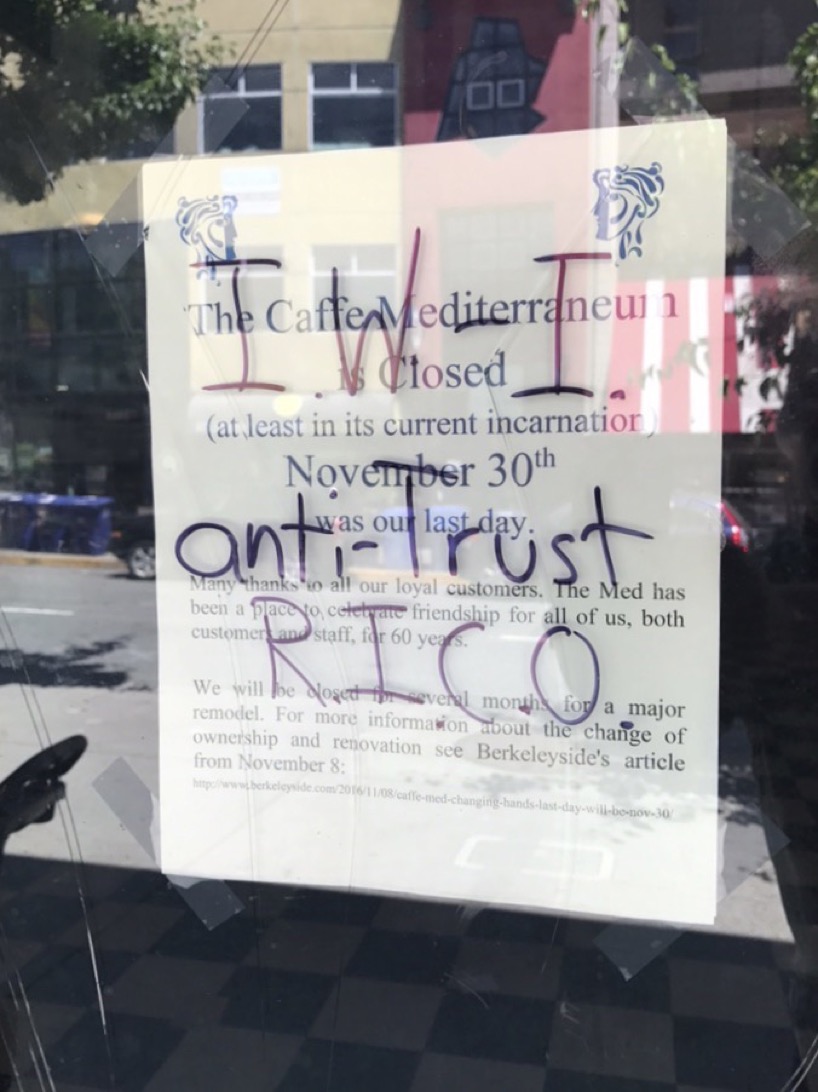
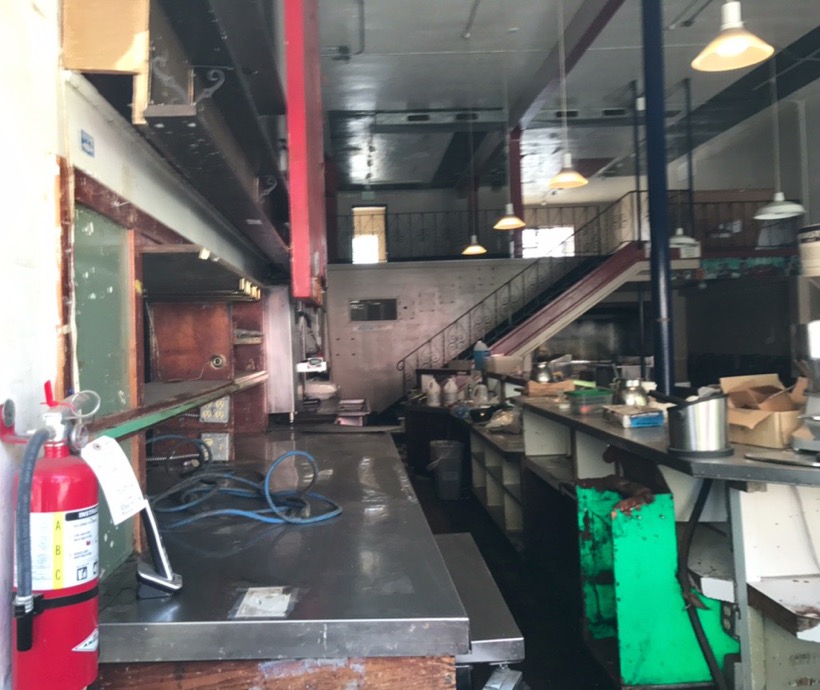
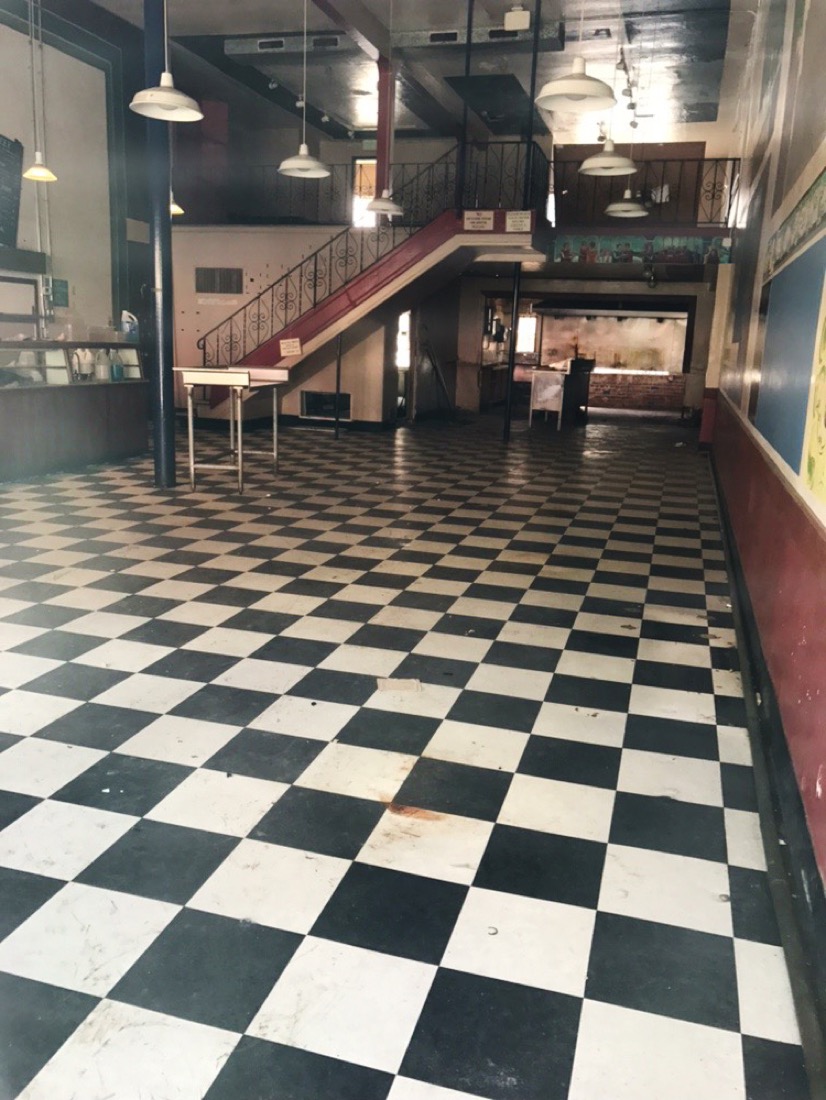
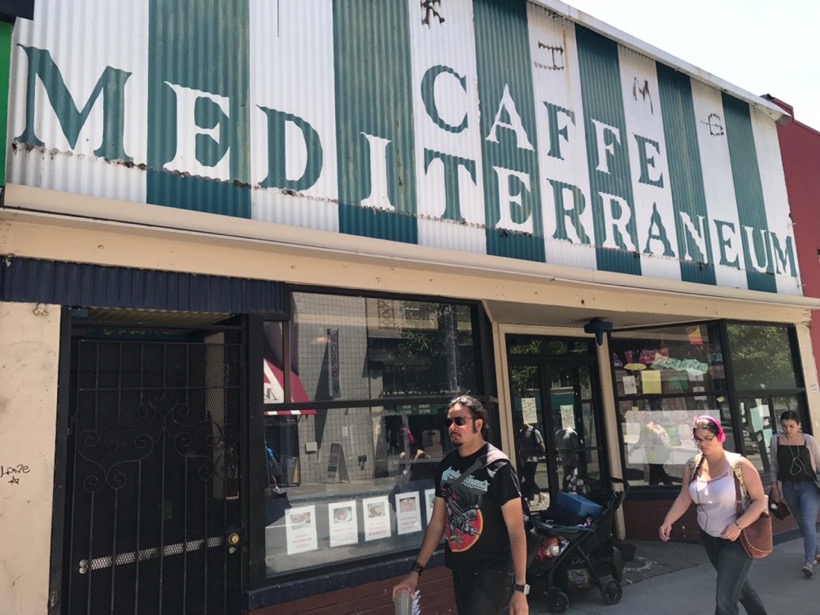
Night Surfing
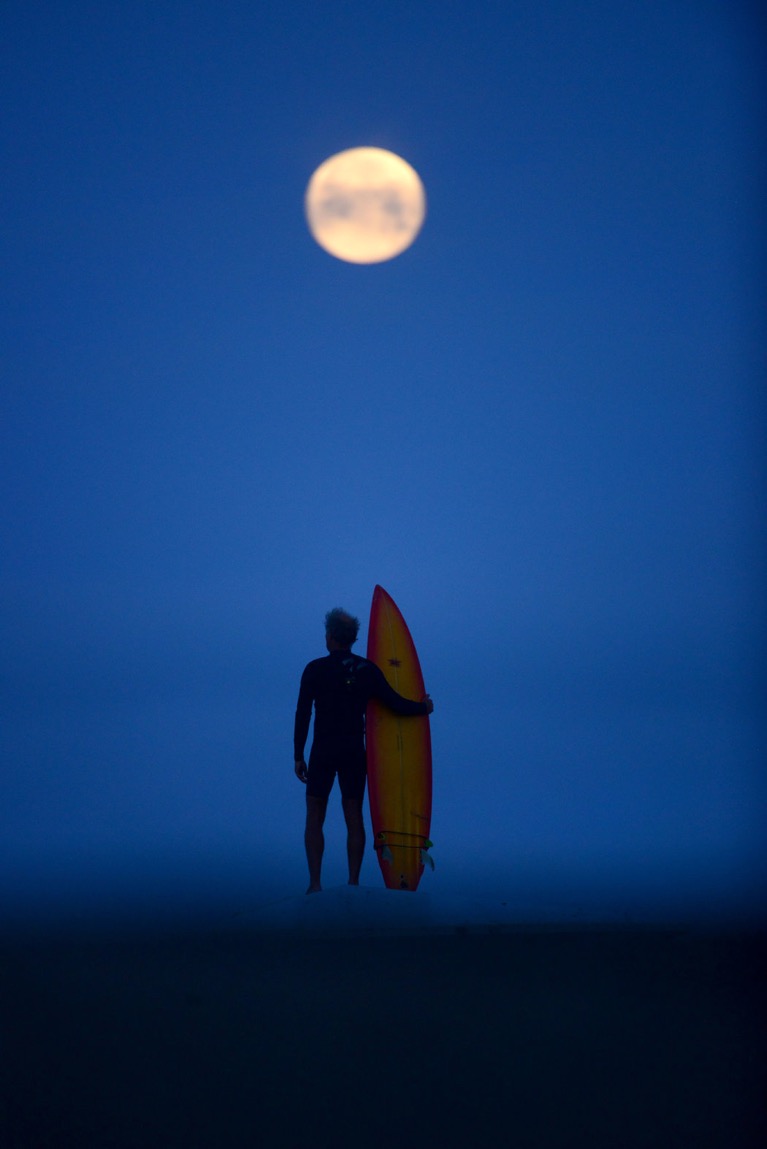
Many many years ago I started tinkering on a novel about surfing. Which was a stretch because I was never a surfer. And because it was set on the West Coast between LA and San Diego, where I’ve never lived. And because it was set in the 1950s, in a surfing culture I hadn't experienced and about which there was little reference material (that I could find, anyway, especially in the pre-Internet years). Even so, I was sure I had a great story to work with. Still think so.
One element of that story was some night surfing. I never night surfed myself but as a teenager (and older) I did go swimming/skinny-dipping after midnight in the Gulf of Mexico on the beaches at Fort Pickens on Santa Rosa Island. It's magical and I wanted that in my surfing story, not thinking that night surfing was a thing anywhere.
So, naturally, I’ve come to discover that it's always been a thing. Not a big thing, not a thing much known outside the surf culture (and not big even there), but a thing nevertheless. I had been on to something and didn't know it.
A few years ago I was talking about writing or about books with a friend and I heard myself saying that the still-unwritten great American novel would be a surfing novel. Still doesn't sound wrong to me.
It’s A Nice Night For Surfing. Beware Of Sharks | Jared Whitlock | New York Times, April 20 2017
Nightswimming In The Past
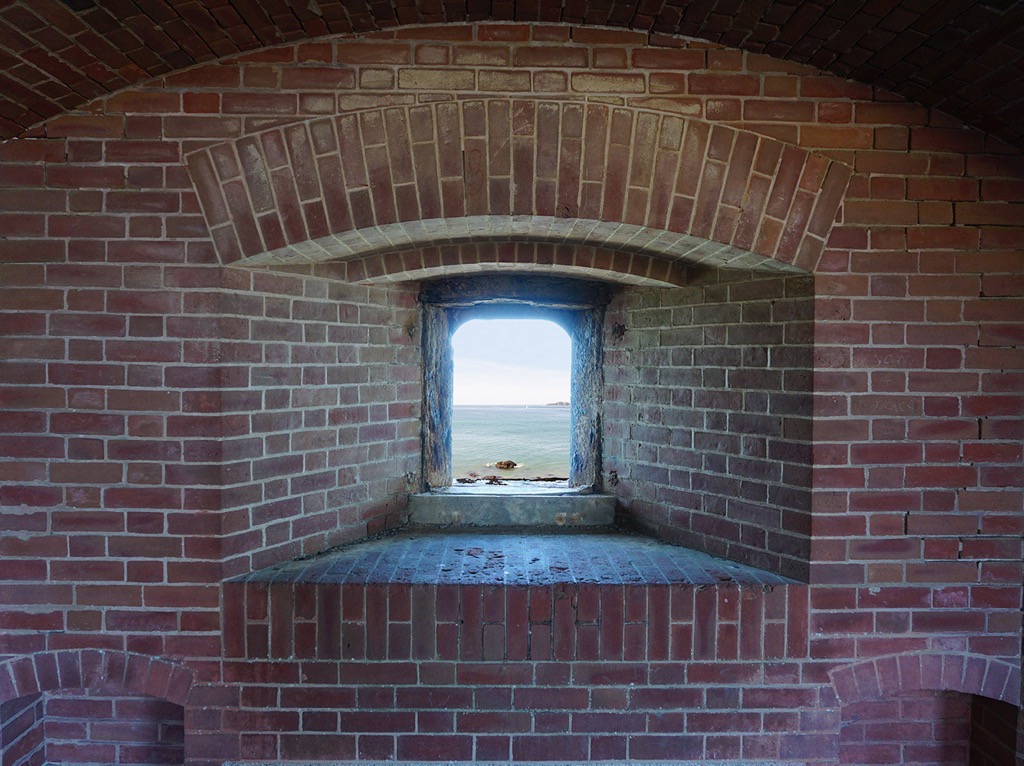
Gun port window in Fort Point, looking out on the Pacific Ocean at the entrance to San Francisco Bay.
MIKE HUMPHREYS: Not unlike gun ports at Fort Pickens and Fort Jefferson.
ME: Fort PIckens proper is about 25 years older than Fort Point but both are brick masonry fortresses of similar basic design and armaments. Another like fort is Pulaski (a little older than Pickens) in Savannah GA (and it has a moat!).
One big difference between Forts Pickens and Point: I'd never go swimming day or night in the frigid waters under the Golden Gate Bridge but as a teenager I often went skinnydipping after midnight in the soup-warm Gulf waters on the beach across from Battery Langdon at Fort Pickens. Forty years ago, that beach was covered with nothing but sea oats and rolling sugary sand dunes (some were as tall as we were); today, after the hurricanes and after some park 'improvements', 90 percent of the dunes are gone and there's a parking lot (see photo below). So sad. I visit that beach every time I go home, it’s like stopping by a cemetery.
BTW, there *is* surfing at Fort Point but wetsuits required (and the 'beach' sucks).
MIKE HUMPHREYS: Michael, you forgot one thing, when you said "...Forty years ago, that beach was covered with nothing but sea oats and rolling sugary sand dunes..."
Stickers.
Sandspurs, if you will.
I hated those things.
But I have heard that with all the storm activity over the years, they are now gone.
Good riddance.
ME: My memory is often benevolent in the way it 'erases' such unpleasant and thorny bits from the past. Instead of sandspurs, all that comes back to me is the warm water at 1AM, the warm midnight breezes, the squeaky sugar white sand that seemed to shine under a full moon, and the tiny bioluminescent organisms in the Gulf that stuck to us (especially in our pubic hair) coming out of the water, making us seem to glow in the dark, too.
We were burning in our own youth. We did glow, especially in the dark on a beach.
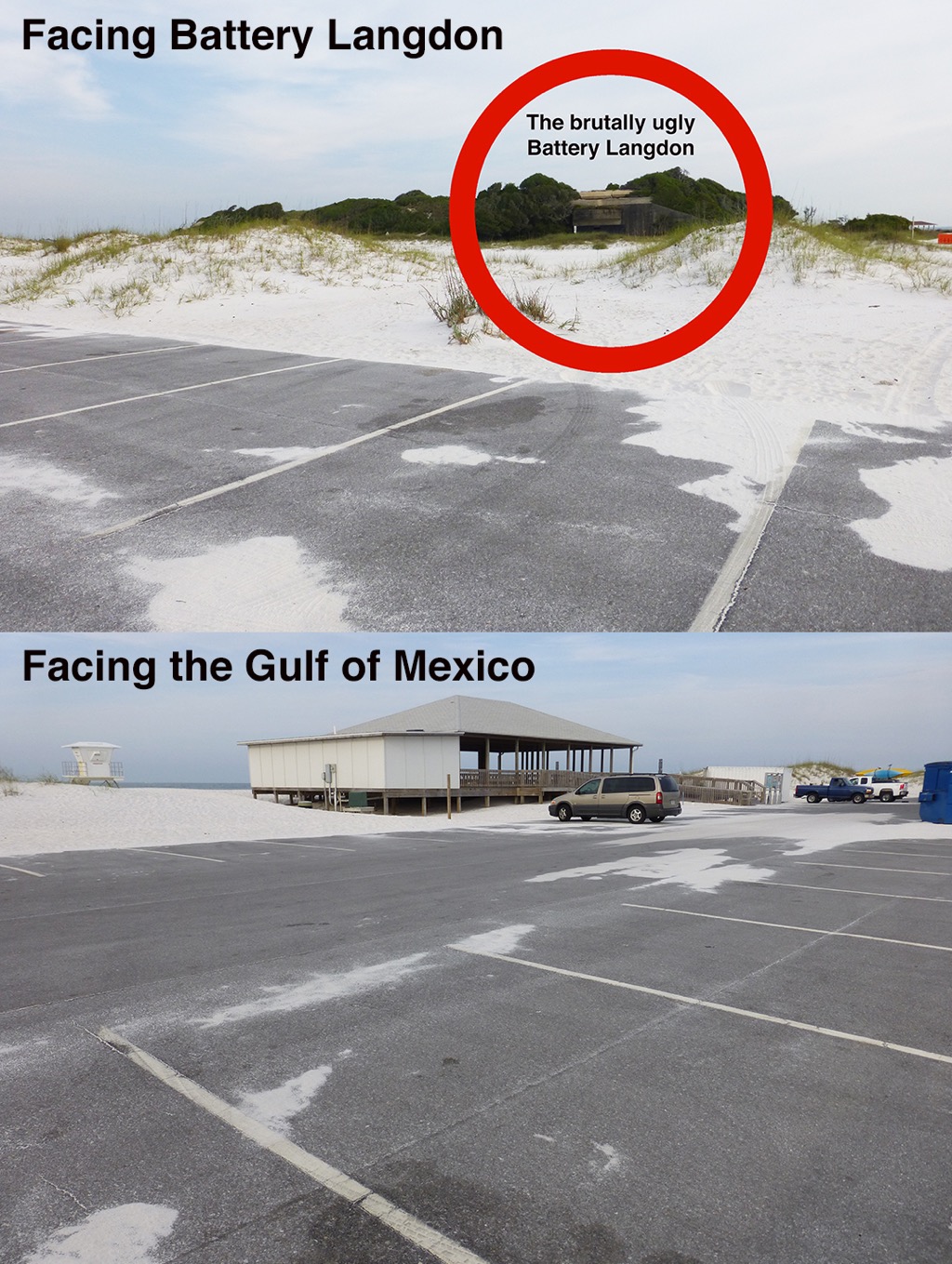
Blood, Bone, and Harry
I took two writing classes with Harry Crews at the University of Florida back in the 70s. In the undergrad class I wrote a short story that wasn't nearly as short as it should have been. In my memory it clocked in at 76 double-spaced typescript pages but my memories aren't always the most reliable; might have been 76+. I have no recollection whatsoever of what the godforsaken story was about.
Alone with Crews in his office to discuss the story:
Me [first thing out of my mouth]: I'm sorry. I'm really really sorry. I lost control of it. I didn't mean for it to be so long.
Harry: Did you mean for it to be so boring?
Everything else said that morning has been mercifully forgotten/erased/cremated.
I was amazed when he later invited me to take his grad class the following semester. I did OK but wasn't surprised that I was never invited to join him drinking at Lillian's Music Store with his coterie of grad student favorites and assorted acolytes.
The last time I saw Harry Crews was at Black Oak Books in Berkeley, probably in 1998 on a book tour for his last novel, Celebration. We spoke briefly after the reading. He apologized for his instruction and counsel while I was his student, because of his alcoholism and the drugs. Loaded or sober, I'm sure he would have stuck by his stiff and stinging assessment of that boring and not-so-short short story some 30 years earlier.
I'm looking forward to reading this biography, to hearing again so many stories from Harry's life. I'm bound to be disappointed, though, because I will have heard many of them first from Harry himself and nobody could tell a Harry story like Harry.![]()
Blood, Bone and Marrow: A Biography of Harry Crews
By Ted Geltner, with a foreword by Michael Connelly
Illustrated. 414 pages. University of Georgia Press. $32.95
Home Fried Home
Hamilton 992B Railway Pocket Watch, aka Hamilton Railway Special
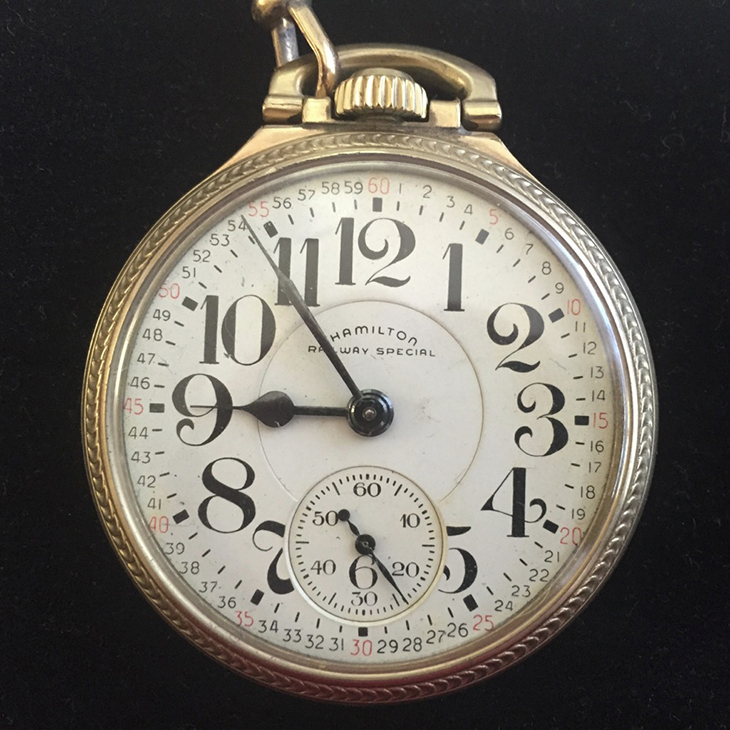
The Hamilton grade 992B is one of the most precise mechanical pocket watches ever made. It has 21 jewels, 16 size, is factory adjusted to keep accurate time in all 6 positions, and is lever-set. it is among the highest quality consumer items ever made in the USA.
Manufactured in Lancaster, Pennsylvania by the Hamilton Watch Company, the 992B was introduced in November 1940 and produced through 1969.
Railroad Standard Watches are specialized timepieces that once were crucial for safe and correct operation of trains in many countries. A system called Timetable and Train Order, which relied on highly accurate timekeeping, was used to ensure that two trains could not be on the same stretch of track at the same time. These railroad-grade pocket watches had to meet the stringent standards of the General Railroad Timepiece Standards adopted in 1893 by almost all railroads.
Watches also had to be regularly serviced and certified to keep time accurately. Each railroad had a “Watch Inspector” or inspectors who were in charge of setting and maintaining the fleet of watches carried by the engineers, conductors, switch yard controllers, etc. Typically the watches were brought in every other week to be checked, and set if necessary. The employee would receive a “watch card,” or a certificate that his watch was inspected on a certain day, and would need to produce a current certificate if challenged by a manager.
The 992B surpassed the adopted standards. It had 21 friction-set ruby and sapphire jewels, four more than the American Railway Association minimum requirement. All upper jewel settings are gold. The center wheel is round arm gold, and the third and fourth wheels are round arm gilt. The balance wheel is a monometallic beryllium-silver nickel alloy called Aurium (Hamilton’s exact composition of the alloy remains a secret). The escape wheel is steel. Factory adjusted to keep accurate time in all 6 positions. 992B has the new Elinvar Extra hairspring. It is white; the older regular Elinvar hairsprings were blue. Factory specifications permitted variations of no more than -0, +5 seconds per 24 hours.
The pocket watch had all but disappeared in America by the 1960s as wrist watches became more accurate, more affordable, and more accepted (they were once considered ‘unmanly’). Pocket watches in railroading began to vanish, too, just as railroading itself was almost disappearing. Today, with wrist watches being replaced by the mobile telephones we all carry, it is even more of an eccentricity to own a pocket watch, much less carry one.
Sources: Ken Rockwell, Guido Socher, Wikipedia
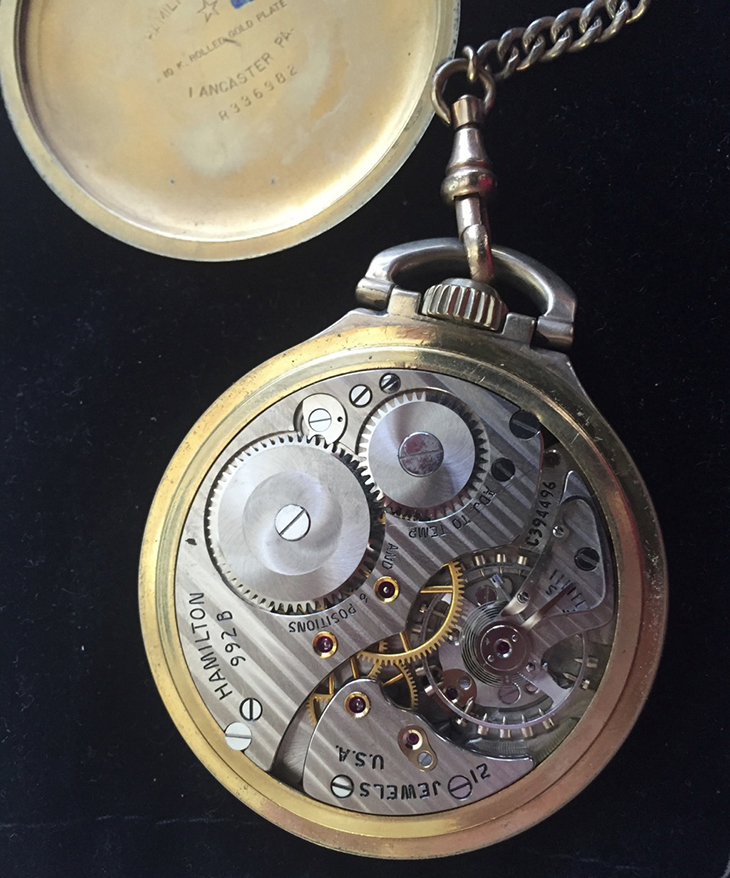
Pictured above is my father’s Hamilton Railway Series 992B. In watch geek parlance it is a Model 16 #537 with a Heavy Gothic (HG) full numerical (N) Blind Man (BM) double sunk (DS) dial. It’s date of manufacture was 1953. He bought it new in 1954 when he was a brakeman on the Louisville and Nashville Railroad (L&N), based in Pensacola, Florida and working freight lines running from River Junction, Florida to Dothan, Selma, and Myrtlewood, Alabama. The watch was purchased new and cost him $75 or so ($730 in 2015 dollars). He was only 22, had most recently been working as a part-time fireman at the Florida State Hospital in Chattahoochee, and was newly married with a newborn son (me).
There is no way he could have afforded that watch at that point in his life. For my dad in 1954, $75 might as well have been $10,000. Or $50,000.
He really wanted that watch.

Sixty-two years down the road and 20 years after my father passed away, his pocket watch keeps on ticking. Not mint condition anymore but not so far from it, either: the crystal is unbroken and unscratched, the rolled gold-plated case is dulled yet handsome because of it and, as you can see in the photos, the works appear pristine (these pictures were taken yesterday BEFORE I took it in for a long overdue cleaning). All original parts, even the chain. The mainspring remains strong like bull. The dial face shows some wear but, hey, not nearly as much as my face does.
The 992B is to pocket watches what the DC-3 is to airplanes: a workhorse that is elegant in its homeliness, a testament to design and engineering and practicality, a true and lasting thing of beauty and utility.
Time is an illusion. I know. But watches, real watches, are something else.
RIP Peteski (?)
http://thisisnthappiness.com
![]()
UPDATE (February 26 2016): Would you like to know where I was?
Auntie Betty
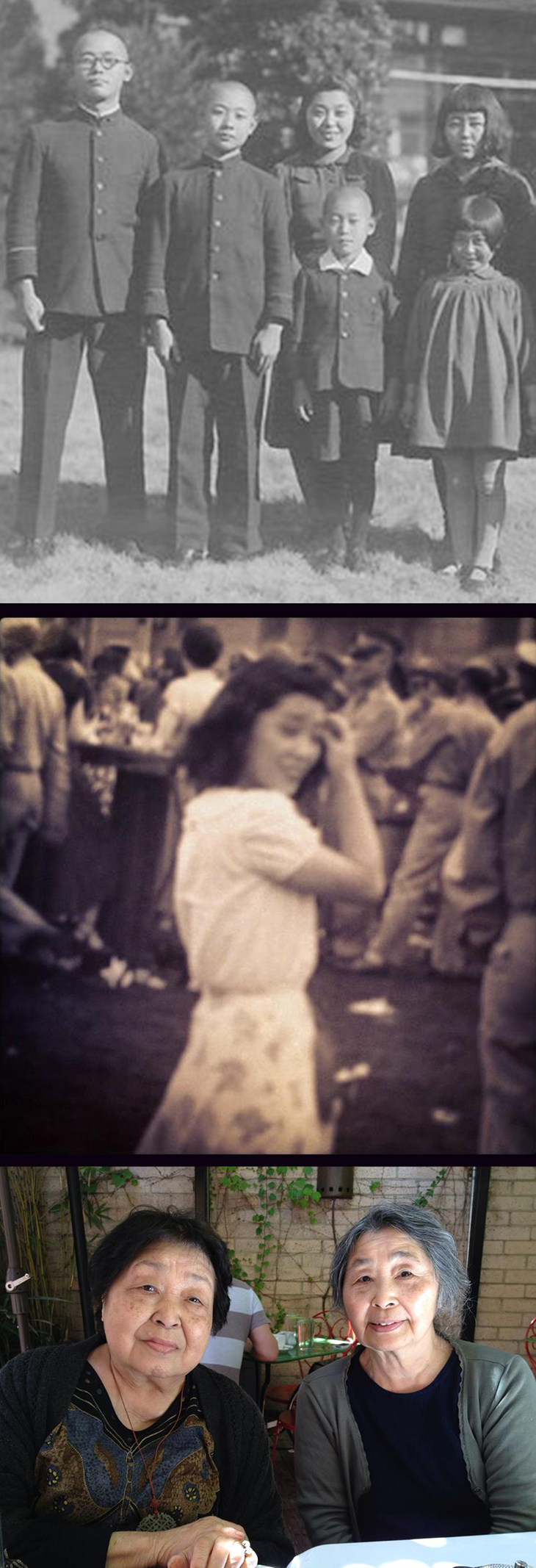
Chicako Fukuda, 1921 - 2016
Betty Fukuda Takenaka
Survived by sisters Emi and Fumi; daughter Eileen and sons Ed and Calvin; granddaughter Jeana and grandsons Michael and Christopher.
安らかに眠る. Rest in peace.
a corner, not THE corner
But then, to be honest about it, I'm the guy who drove an hour (round trip) out of his way to spend the night in the Joshua Tree motel room in which Gram Parsons died. That's pretty cheesy. That's pretty shitty, really.
One thing I do like about the photo at top: the flatbed Ford is shown as a reflection in the hotel window, not at an angle actually showing it parked there at the curb. Nice touch, intentional or not.
![]()
Oh jeez. I just now noticed the 'It's a girl, my lord' girl behind the wheel of the flatbed Ford. I feel ill. Really, I feel ill.
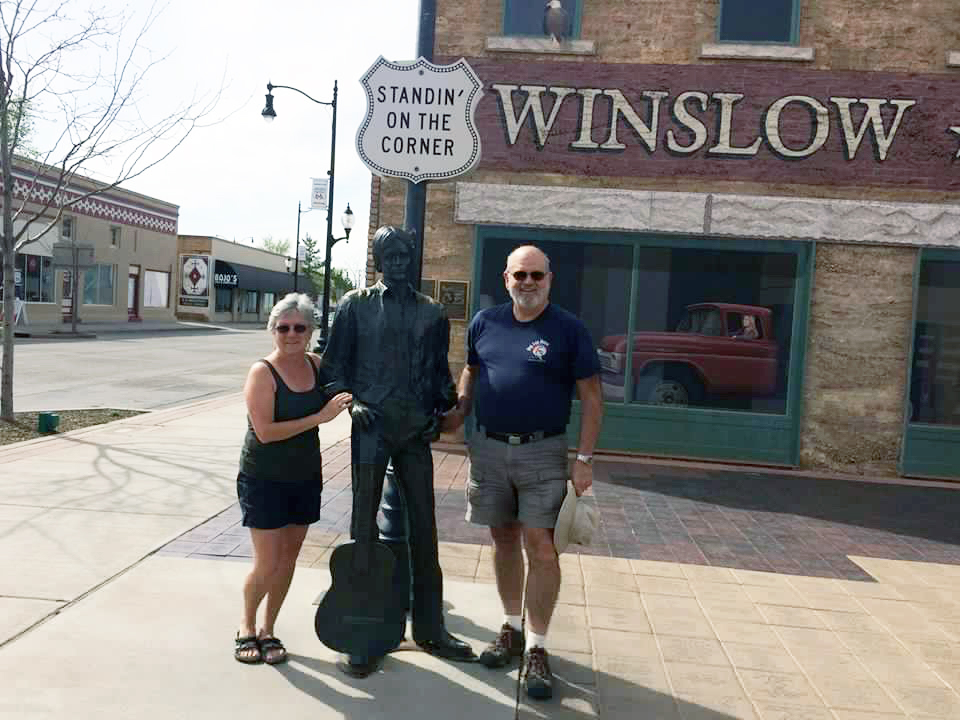
Playboy To Eliminate Nude Images From Print Magazine
| New York Times |
“For a generation of American men, reading Playboy was a cultural rite, an illicit thrill consumed by flashlight.”
Reading? Really?
Actually, yeah. Reading.
The first Playboy I remember getting my hands on came from a teacher at a public school in my hometown over 40 years ago. This teacher liked my social (i.e., political) enthusiasms and my writing and my interest in literature that was way over my head and figured I needed some exposure to some important contemporary writing.
Fortunately, for me, this teacher subscribed to Playboy and not The Partisan Review.
Ten minutes ago I couldn’t have told you what was in that first Playboy I was given (loaned, actually) but I remember the cover vividly so it didn’t take many seconds to track it down on the Internet: fiction by Graham Greene, Irwin Shaw and Tennessee Williams; non-fiction by David Halberstam, Senator George McGovern, Cesar Chavez, Julian Bond, Justice William Douglas, and UN Ambassador & Justice Arthur Goldberg; and humor by Mort Sahl, for chrissakes.
So there was this steady underground stream of Playboys flowing to me there for awhile. And I really did read the articles. Really.
Some of the pictures weren’t bad, either.
Later I was a subscriber. Never got a key but was always tantalized by the idea of being a member and walking into the New Orleans Playboy Club to pick up the latest issue gratis.
And yeah, Hefner was always sort of creepy, long before he lounged into his dotage, long before he got really creepy, but Playboy was always important and always culturally vital and always required reading.
Until it wasn’t anymore.
I have no clue when it was that I last opened a Playboy. Back in the 80s probably, when the magazine and the empire were already slipping out of profitability and sadly into irrelevance.
But for about 20 years there, in the 50s and through the 60s, it really was something. It was quite a ride and always quite a read.
Really.
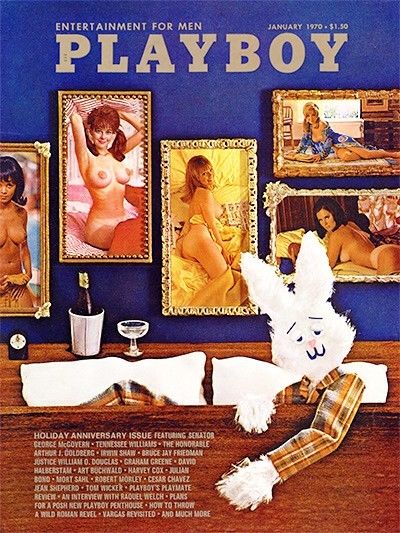
Olive
Here she is in our upstairs office. She loves that rug with the hurricane swirls.


